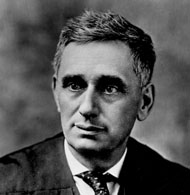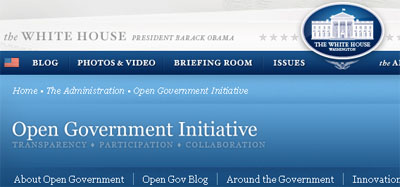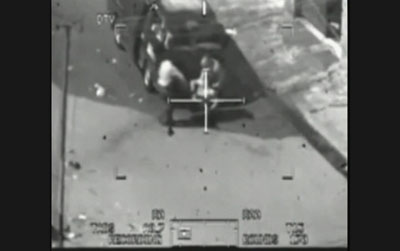Pentagon bars 4 reporters from Guantanamo hearings
New York, May 7, 2010—The U.S. military should allow four banned reporters from different Canadian and U.S.-based media outlets to cover military commission proceedings in Guantanamo Bay, Cuba. The reporters were banned after each named a U.S. Army interrogator after being told to keep him and other participants in the proceedings anonymous. The proceedings were…

‘Crude’ filmmaker’s raw footage subject to subpoena
A filmmaker’s raw footage is much like a photographer’s unedited images or a reporter’s notebooks—a private record of their reporting that is rarely disclosed to others. On Thursday, a federal judge in New York ruled that a private firm could subpoena the unedited footage used to make a news documentary. The reason? To help the…
At Lantos commission, CPJ details Russian press climate
A bill pending in the Russian parliament would give state security alarming new censorship powers, CPJ’s Nina Ognianova told the Congressional Tom Lantos Human Rights Commission in testimony in Washington today. During a hearing on human rights issues in Russia, Ognianova also voiced concern about continued impunity in journalist murders.
Press freedom has a good day: WPFD, the Daniel Pearl Act
Yesterday was a good one for press freedom. “The United States joins the international community in celebrating World Press Freedom Day,” said Secretary of State Hillary Clinton in a statement. “Wherever independent media are under threat, accountable governance and human freedom are undermined.” She went on to defend harassed or jailed bloggers in nations from Cuba to Burma. Clinton further noted that 71…
Police block journalists from covering White House demonstration
The U.S. Park Police have taken responsibility for having prevented journalists from covering a White House demonstration on April 21, 2010. A single, uniformed Park Police officer ordered reporters and camera crews to move back after gay rights activists handcuffed themselves to the White House gate. The officer ordered journalists to move toward the far…

FOIA needs new muscle behind it, not just promises
These are busy days for Freedom of Information. On April 5, the watchdog Web site that knows no borders, WikiLeaks, posted a classified U.S. military video showing U.S. forces firing on Iraqi civilians, killing many, including two Reuters journalists, as well as wounding children. Two days later, the Pentagon posted a redacted U.S. military assessment of the same incident concluding that U.S. troops fired “in accordance…

CPJ seeks Pentagon investigations in Iraq journalist deaths
Dear Secretary Gates: The Committee to Protect Journalists is disturbed by a video recently disclosed by the Web site WikiLeaks showing a U.S. military strike that took place on July 12, 2007. The attack killed an unspecified number of individuals, including Reuters photographer Namir Noor-Eldeen and his assistant, Saeed Chmagh.
Virginia authorities seize images from student paper
Attorneys representing a student newspaper and a county prosecutor have agreed to temporarily seal images seized from the newspaper and transfer them to a third party until the dispute over the images is settled, reported The Breeze, the student-run publication of James Madison University in Virginia. But the Rockingham County Commonwealth Attorney’s office is still pressing for at least some of…

Technicalities: 10 Questions on WikiLeaks
Monday’s release of graphic video footage of an attack by the U.S. military on two Reuters journalists vividly depicted the dangers involved in covering a battlefield. It also thrust into the spotlight WikiLeaks, the enigmatic Web site responsible for obtaining, decoding, and publicizing the footage. Here’s 10 questions answered on WikiLeaks, including how it works, its goals, and some…
